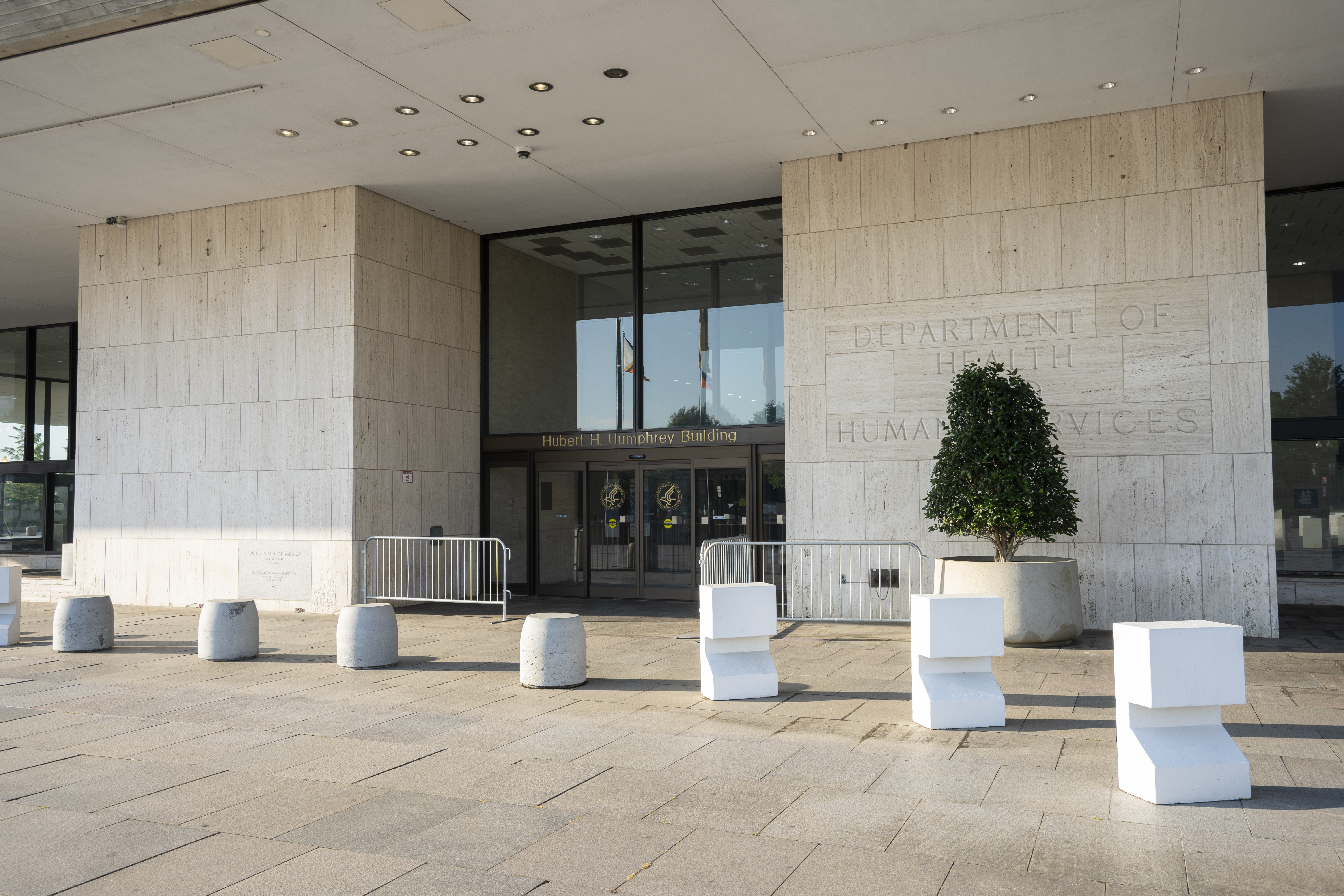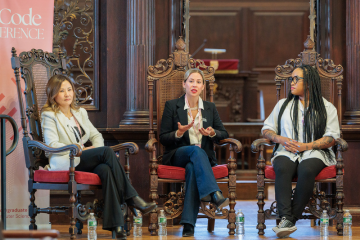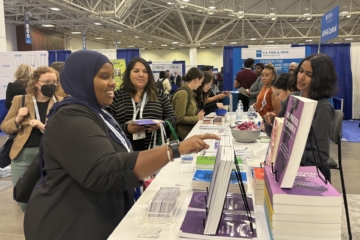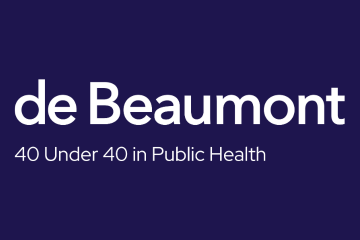Statement by Brian C. Castrucci, DrPH, President and CEO

Headquarters, U.S. Health and Human Services, Washington, DC
Public health is about prevention, protection, and preparation. Last week’s massive layoff and budget cuts at the Department of Health and Human Services undermine all three. They don’t just shrink the federal workforce — they weaken our country’s ability to keep people safe and healthy, especially those facing the highest barriers. And instead of making things more efficient, they create chaos, confusion, and disruptions that put lives at risk.
As National Public Health Week begins, we need to communicate better and louder about the value of public health and the impact of these budget cuts, which are direct hits to services that families rely on every day.
While the headlines may focus on Washington, the fallout from the mass firings at the Centers for Disease Control and Prevention, the Food and Drug Administration, the National Institutes of Health, and other agencies and offices will hit closest to home in local communities across the country. Whether it’s clean drinking water in our homes, restaurant inspections in our neighborhoods, or timely vaccines in our schools and clinics, these protections exist only because of the vital partnerships between federal, state, and local health agencies. Without support from the CDC, local health departments can’t effectively track disease outbreaks. Without FDA inspectors, unsafe food and medicine are more likely to reach our shelves. Without NIH-funded research, we lose momentum in addressing chronic disease, mental health, and maternal mortality.
The cuts will have serious ripple effects in rural and other under-sourced communities — places where a single health department might serve multiple counties, and where a single public health official may be a disease detective, an emergency responder, a food inspector, and an outreach coordinator, all at once. Because of their commitment, local health employees will continue to work to keep their communities healthy, but now they’ll have do so with even fewer resources.
We need to get back on track to fund what works, fix what’s broken, and find ways to build a healthier America together.




